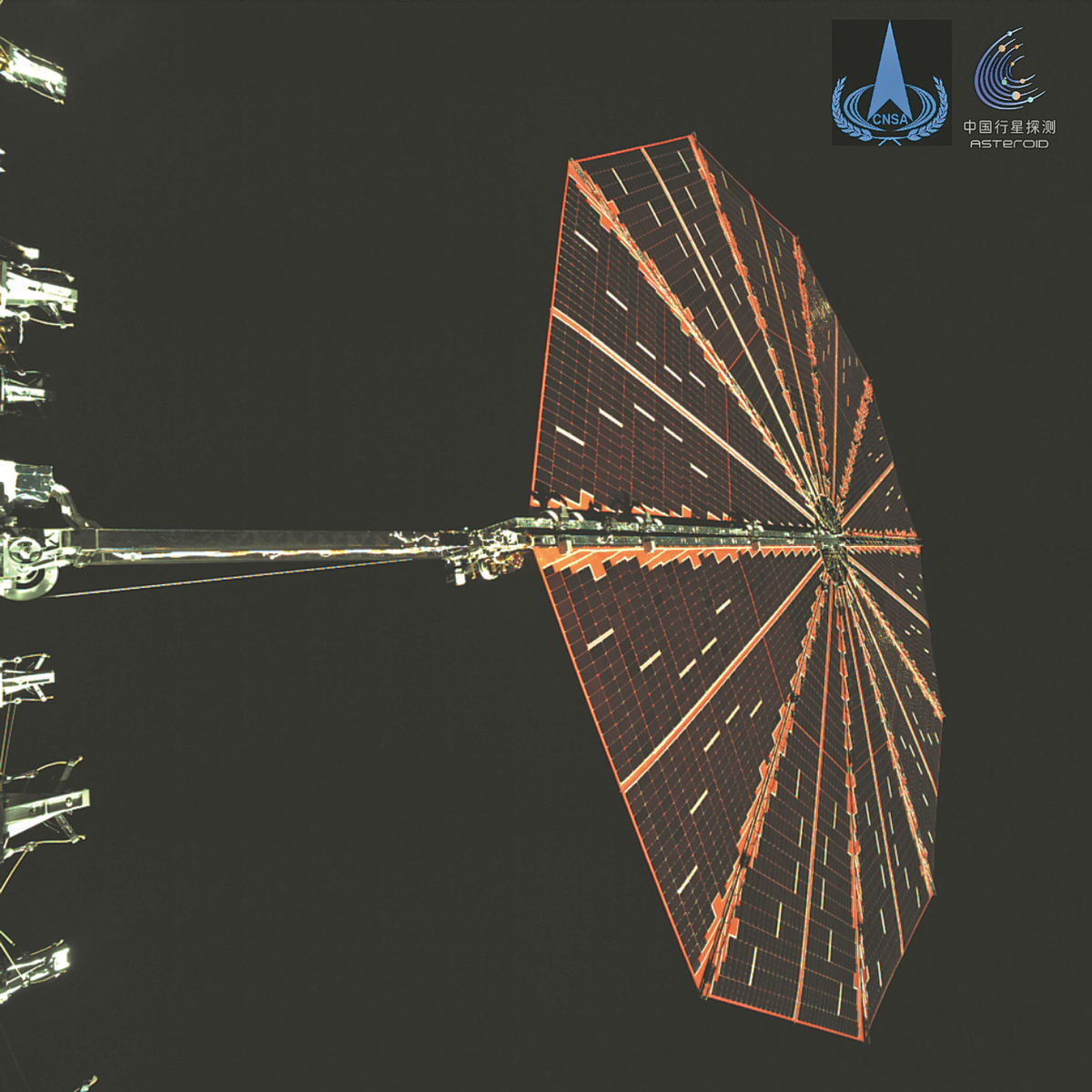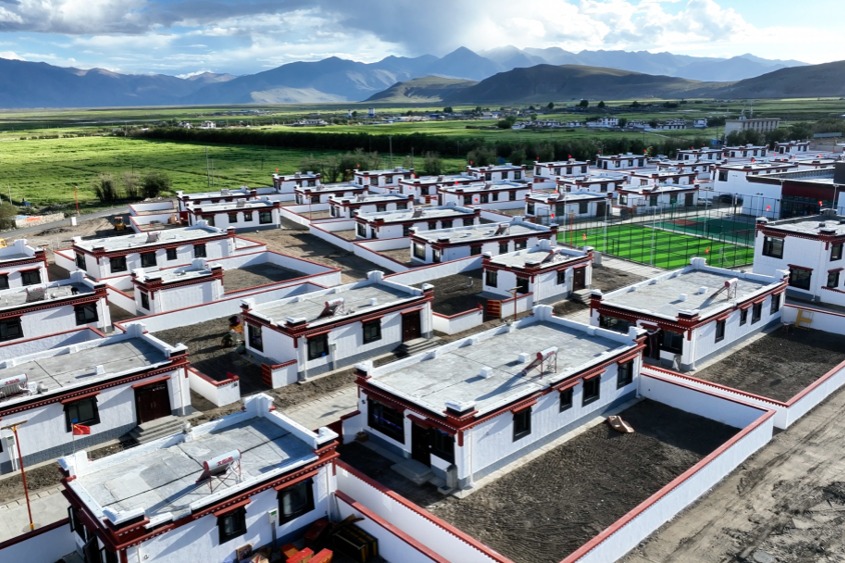Tianwen 2 probe makes steady progress


China's Tianwen 2 asteroid sampling mission was proceeding well as of Friday morning, with the robotic probe already over 3 million kilometers away from Earth, according to the China National Space Administration.
The administration said in a brief news release on Friday afternoon that the Tianwen 2 spacecraft has been traveling in a transfer trajectory toward its destination, an aste-roid called 2016 HO3, for more than eight days, and has been in a good condition.
The administration also published a picture taken by the spacecraft of its flexible circular solar arrays, which are designed to meet the power demand of the decade-long expedition.
Tianwen 2, representing China's first attempt to bring pristine asteroid materials back to Earth, was launched on May 29 by a Long March 3B carrier rocket from the Xichang Satellite Launch Center in Southwest China's Sichuan province.
The mission's primary objective is to reach the small, near-Earth asteroid named 2016 HO3, which is between 40 to 100 meters wide, in the summer of 2026.
The probe will first study the celestial body up close using a suite of 11 instruments including cameras, spectrometers and radars, before deploying special devices to collect surface substances.
The asteroid, also known as 469219 Kamo'oalewa, was first spotted in April 2016 by an asteroid survey telescope at the Haleakala High Altitude Observatory in Hawaii.
The celestial body orbits the sun, so it remains a constant companion of Earth. It is too distant to be considered a true satellite of Earth, but it is the best and most stable example to date of a quasi-satellite.
After the collection work is done, the Tianwen 2 probe is programmed to fly back to Earth's orbit to send a capsule containing the precious samples to the ground.
The samples will be distributed to scientists, who will examine their physical properties, chemical and mineralogical content and isotopic composition, contributing to studies on the formation and evolution of asteroids and the early solar system.
Delivering samples to Earth will not be the end of the mission. The spacecraft will then enter the second phase of its mission — flying toward a main-belt comet called 311P to make remote-sensing survey and transmit the data back to Earth for scientific research, according to the national space administration.
The Tianwen 2 mission is expected to yield groundbreaking discoveries and expand humanity's understanding of our planet and small celestial bodies inside the solar system, scientists said.
- China renews alerts for rainstorms, mountain torrents, geological disasters
- Several public officials punished for dereliction of duty in Guangxi
- Minivan falls into sea, leaving 6 dead and 2 missing
- China's Xinjiang holds intangible cultural heritage exhibition
- Thousands of quake-hit Xizang residents move into new homes
- Stage truss collapse in Sichuan kills 2, injures 3




































